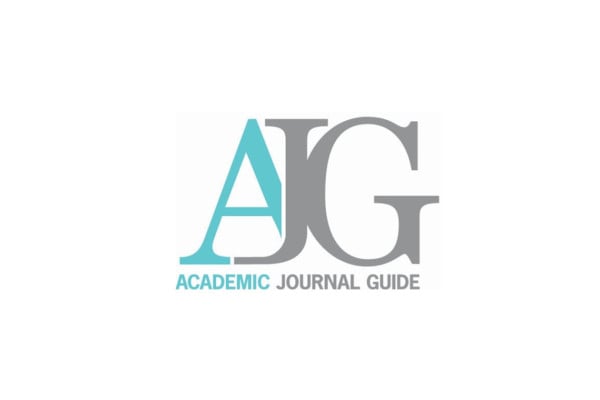
OfS consultation on the future approach to quality regulation: Response from the Chartered ABS
The Chartered ABS has submitted its response to the OfS’ consultation on the future approach to quality regulation based on feedback from our learning and teaching community.
The two routes to higher business school rankings

Authors

Richard Croucher
Professor, Middlesex University

Paul Gooderham
Professor, Middlesex University

James Hosea
International accreditations and rankings manager, Norwegian School of Economics
The Financial Times (FT) Master's in Management annual league table is a useful and widely consulted benchmark for leading, accredited business schools when assessing improvements in their relative performance.
Over time, there is movement in the rankings, meaning that business schools can move both up and down the league table. However, we observe that certain schools cluster at the top of the table on a regular basis, meaning that the league table contains a stable elite. This clustering raises questions about what enables these schools to consistently outperform others. Conversely, cases of dramatic and sustained upward mobility are also interesting.
Let us initially examine the performance metrics used by the FT. Over fifty percent of business school performance is calculated as a product of how successful graduates are in their immediate post-graduation careers. One element is whether graduates obtain a job. Another is how graduates have performed in their careers three years after completing their studies. This spans salary level, salary increase and career progress. Post-graduation international mobility is calculated. There is also a calculation of “value for money”. This is a product of achieved salary and the cost and length of the degree. If we add the measure of retrospective student satisfaction with the programme, then “output” indicators approach sixty percent.
What “input” indicators are used? One reflects the diversity of the student body in terms of gender, nationality and foreign language acquisition. Another assesses the degree of international experience during the programme; foreign exchanges and internships are particularly important here. A measure of graduate satisfaction with the school’s career service is included. Finally, faculty quality is measured through doctoral qualifications and diversity while the school ’s board is assessed in terms of its diversity.
Given the importance of graduate performance, one may speculate that those schools with the resources to invest in facilitating internships and career placements will enjoy a competitive advantage. These services are very resource-intensive and reflect the quality of a school’s external networks, and experience, as well as the size of per capita student fees. Therefore, attracting students who can afford high-end fees is likely to be a significant factor.
So, who are the consistently high performers on the FT ranking? St. Gallen University, HEC Business School and London Business School are obvious cases. LBS charge about £47,000 and HEC, £40,000 for their four-semester programmes. However, St. Gallen charges a ‘mere’ £8,000 for its three-semester programme. At first sight, this contrast apparently undermines our notion that high-end fees are a significant determinant of elite performance.
However, differences in programme size are vital. Whereas HEC and LBS have mass programmes containing 493 and 295 students respectively that generate significant revenues, the St. Gallen programme has only 57 students. This raises the possibility that top-performing business schools are operating two distinct strategies. Whereas HEC and LBS are recruiting relatively broadly but receiving substantial income that can be used for internships and job placements, St. Gallen is highly selective in its recruitment: only students who are deemed to be “good bets” are offered places.
So, who are the consistently middle-to-low performers on the FT ranking? The business schools of the egalitarian Nordic region are in general good examples. These publicly funded institutions for the most part run mass programmes and operate with minimal (if any) fees. Examples include Aalto University, Copenhagen Business School and NHH Norwegian School of Economics. These schools are normatively constrained in implementing either of the two generic strategies we have outlined above.
On the face of it, the case of Stockholm School of Economics (SSE) needs some further examination since in recent years it has transformed its league ranking from 44th (2015) to 8th in 2021. We observe a radical reduction in the size of its programme which at one stage had around 300 students to 45. When we examine some of the FT’s key input and output metrics described above, we see notable improvements. Thus, SSE has defied the constraint of the Nordic egalitarian norm of broad recruitment to follow the highly selective recruitment strategy associated with St. Gallen.
So how does a business school become a top performer in the FT league table? We see two potential generic strategies – broad recruitment but high fees; or selective recruitment with low fees. However, recognising these two strategic alternatives is one thing, and implementing either is another.
